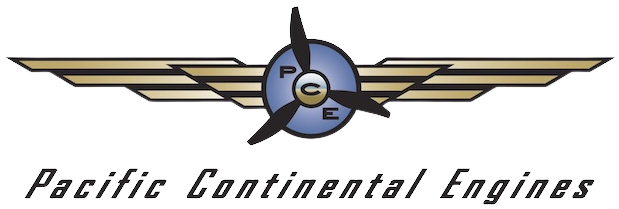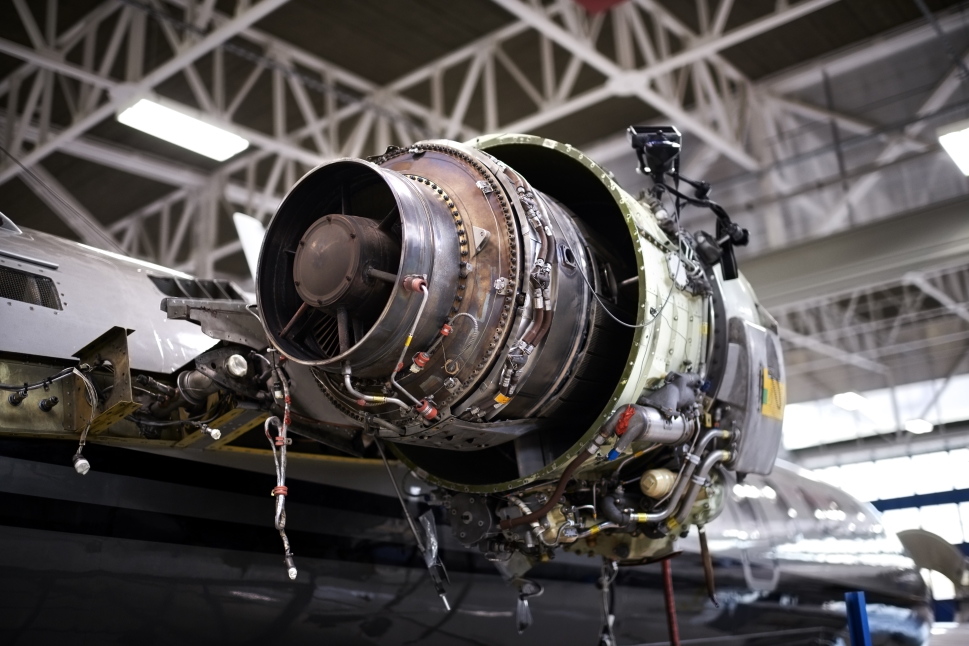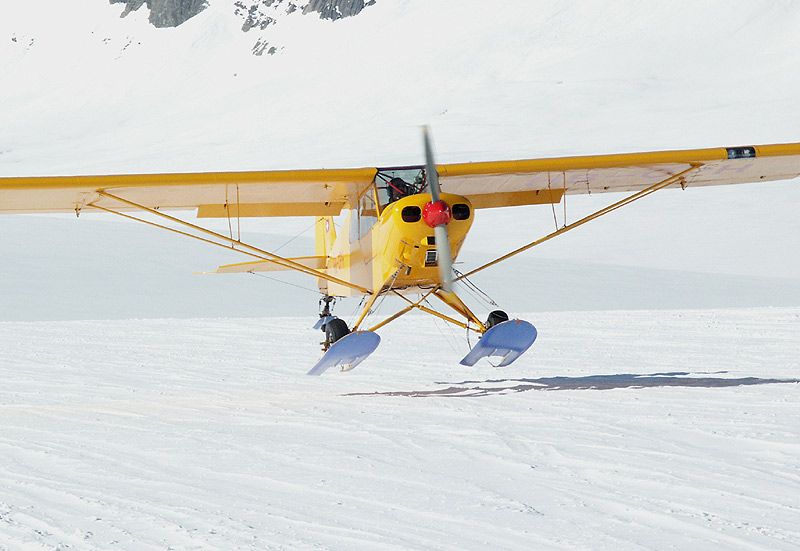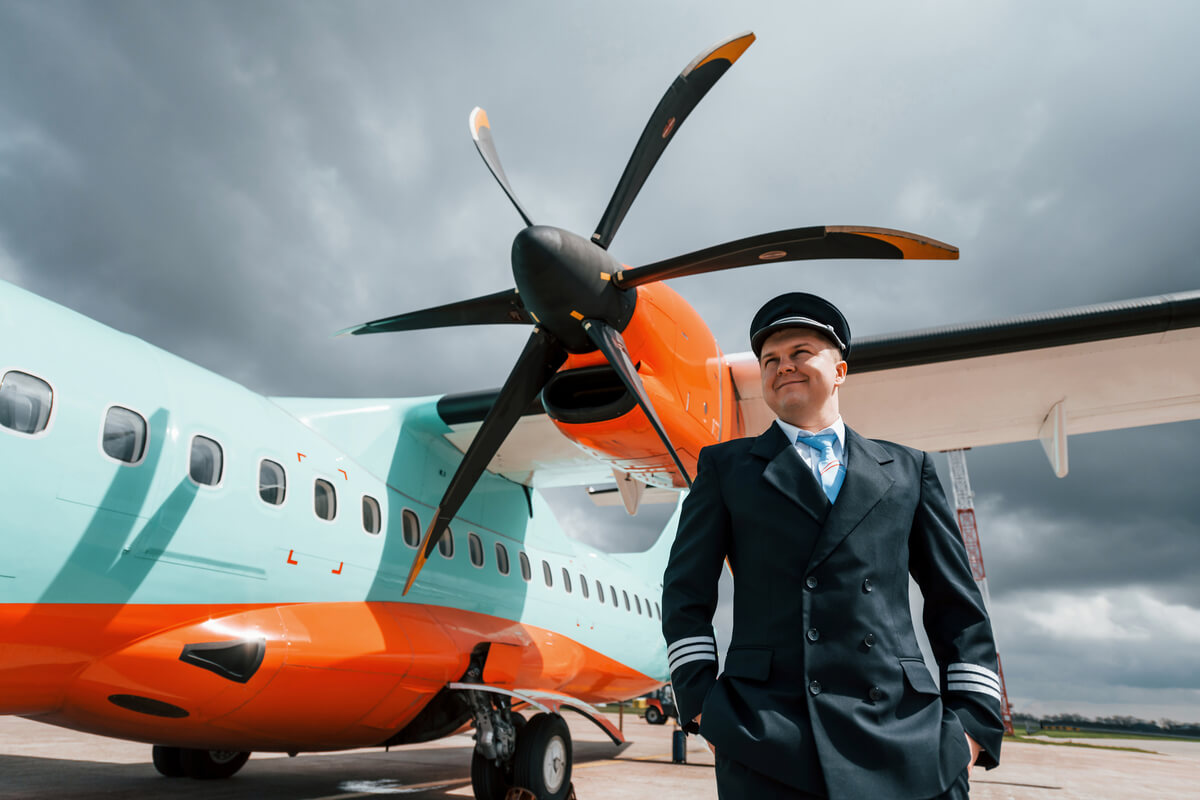I receive questions almost daily regarding recommended engine break-in after cylinder change, propeller strike inspections, and engine overhauls. Though I defer many times to manufacturer recommended break-in procedures, there are a few areas in need of discussion.
First and foremost, safety is paramount. After a major service or repair, engine operation should be verified on the ground prior to first flight. Normally, this is performed by the maintenance facility following the manufacturer recommended first engine run instructions after a cylinder change or major repair. It is important to verify what type of engine ground operation was performed prior to first flight. There are some basic steps outlined in manufacturer service documents for first engine run after a cylinder change, top overhaul, major overhaul, and the like. These first run procedures should be adhered too. If not, they can have profound negative effects on future engine longevity and oil consumption rates.
A basic inspection and ground run-up is advised. This includes but is not limited to an engine ground run up at the blast fence followed by a visual inspection under the cowl for anything left that doesn’t belong (mechanic tools and the like). A short full power run up with a magneto and a quick short propeller RPM cycle check is all that is needed followed by the under the cowl look. Do not perform any major propeller RPM cycle drops, or prolonged full power runs. A quick check is all that is needed. Initial run-up, ground checks, and first flights should be performed in the cooler part of the VFR day. The same principle stands for cooler days as well. Engine initial full power run-up and ground checks should only be performed after the engine has been properly warmed up. Initial runs after cylinder change or major repair should not be performed on very cold days unless proper engine preheating is performed.
The next step in the process should be a short trip around the pattern followed by a full stop to once again look under the cowl for anything unusual. Things like folded over baffle seal, missing baffle seal, loose parts, chaffing, oil leaks, and fuel leaks should be dealt with immediately. If all looks good, it is time to take her on an hour flight in the local area. Asking the control tower for a flight pattern above or near the field is not out of the question after an engine replacement or major repair. Safety is the main concern.
Basic engine and cylinder break-in these days is not rocket science. You will hear many versions of break-in from low and high power settings to easy does it. The aircraft engine is an air cooled piston engine that needs regular exercise, routine maintenance, and proper operation. Keeping this in mind, there is nothing too out of the ordinary you should be doing. The line between babying the engine and being hard on it is a fine line, but one worth researching and discussing. Let me start with oils.
Proper oil use and levels are critical. Continental Motors recommends mineral oil for engine break-in for all of its engines. Whereas, Lycoming Engines recommends Mineral oil only for its normally aspirated models. Mineral oil allows for the internal engine parts to wear into each other and seat properly instead of the desired lubricating protection intended results of normal ashless dispersant oils. Lycoming further states that normal ashless dispersant oils are recommended in all turbocharged model applications during engine first operations. Their reasoning here is that the turbocharged models produce adequate horsepower at all times to help promote proper engine break-in and will overcome the negative effects of not using mineral oil. The true underlying reason for Lycoming to change from mineral to ashless dispersant oil was for reasons of corrosion. Mineral oil has few if any additives in it to minimize corrosion. Ever since the early nineties, corrosion in the aircraft engine has become a serious issue. Prior to this, it didn’t seem to rear its ugly head all to often. I chalk it up to a change in the oil chemistry for environmental reasons. Oils no longer adhere well or build up that golden brown colored coating on internal parts needed to offer corrosion protection. Instead, the inside of the engine looks like the day it was put together with or without rust. Keeping this in mind, break-in with mineral oil should be performed in the shortest amount of calendar time as possible. Both manufacturers state break-in to be the first fifty hours of operation. I can’t tell you the horror stories I have heard of pilots who perform their first hours of break-in over six months to a year. First annual inspection reveals massive amounts of engine corrosion resulting in additional expense and reduced engine longevity. FLY your plane! Get the mineral oil or break-in period completed as soon as possible. RUST never sleeps! Also, routine six (6) month or (25) twenty-five hour oil changes are highly recommended on all engines. Oil and filters are a cheap alternative to major engine repair work!
In addition to proper oil, keeping the engine filled with oil is equally as important. During break-in, and especially during the first few hours, the engine may burn a few quarts of oil until the rings are seated. This is normal, varies with engine model, and is dependent on length of flights. Shorter flights may produce more oil consumption. It is important to recheck the oil often and to limit your first few flights to no more than an hour to verify current oil consumption. Absent of a looming problem, you shouldn’t run out of oil on a normal flight! Just use common sense.
Engine oil levels vary as well depending on model and application. Most all engines will use the first quart of oil either burning it or throwing it overboard via the engine breather. This seems to be a normal occurrence for most aircraft. Therefore, you may find running the engine one quart below maximum quantity during break-in will give you a much better feel for actual oil consumption. Recording your oil burn is very important. This coupled with other key engine operational identifiers will alert you to a looming problem, or the time to switch to ashless dispersant oil and/or discontinue the break-in procedures. Enough about oils. Let’s talk operation.
Your first flight should be a full power take-off with a reduced power, after clearing an obstacle or above 400 feet, cruise climb to obtain adequate engine cooling. This is especially important during the hotter summer months. Proper use of aircraft cowl flaps for cooling is important. Leaning during climb should only be performed in accordance with the POH. All normally aspirated engines, non-turbocharged, should be flown at or below 8000 feet, with 5000 feet recommended, to allow for proper break-in. Above this altitude, the engine may not produce the horsepower needed to seat the piston rings. Flying above this height to clear obstacles and/or routinely cruising at the higher altitudes can hamper or delay the break-in process. Try to plan your flights accordingly!
Once at cruising altitude, go ahead and set up cruise according to your POH. Your goal is a power setting in the 70-75% power range. Cylinder pressures only become great enough, allowing for desired ring expansion and barrel surface oil removal, when power settings above 65% are utilized for break-in. Continental Motors used to recommend, in their break-in procedures, to interrupt cruise power every (30) thirty minutes with a smooth advance to full available manifold pressure and RPM (mixture adjustment may be required as well) for (30) thirty seconds and then return to original cruise settings. This procedure should be performed for each (30) thirty minutes of cruise flight during the first (10) ten hours of operation during break-in. This interrupted cruise full power setting helps to seat the rings quicker. I used to think of it as the 30/30/10 rule.
During this initial flight, you can expect higher than normal CHT’s and oil temperatures. This is the result of the ring seating, combustion gas blow by, and increased friction. Cylinder head temperatures should be substantially less than 460F, but can routinely range between 380F and 440F on typical “hot day” conditions. Associated oil temperatures can exceed 210F as well. Acceptable oil temperature ranges of 170F to 210F are recommended for engine longevity. CHT’s of less than 380F for cruise configuration is recommended for cylinder longevity though some aircraft applications and flight configurations may not allow for this low of a CHT. Your POH is your ultimate authority and should be adhered too. Each aircraft has its own set of normal operating parameters subject not only to application, but physical condition.
On let downs and descents, you should have adequate power on the engine to alleviate shock cooling of the cylinders and engine. This too is important, should you have to perform a go around when the engine has cooled from the descent or lower power setting. Adding full power to a cooled down engine during break-in is not desirable either! In addition, all flights should be full stops. No touch n’ go, no slow flight, no IFR, no out of country flights or remote airports (for reasons of getting stuck!), or anything unusual should be performed during the break-in period. Once again, this is just good common sense!
First oil and filter change should be performed at ten hours. The filter should be cut open and the oil drained through any easily available fine paint filter for quick viewing. The oil can be visually inspected as well for any fine particulate and/or shiny or dull appearance. Any finger screens should be checked and cleaned too. In the filter, you may find what is coined as widely dispersed metal flakes (no more than a teaspoon full spread throughout the entire filter). Teaspoon full? That sounds like a lot of metal! You may or may not find anything, but don’t be alarmed if you do. Whatever is found should be examined by a competent mechanic to determine serviceability. The metal found should be the result of engine parts seating against or wearing in together. This is a normal process! With this being said, any particulate found in the filter during the oil change should be reviewed and determination made as to normal or abnormal. Oil analysis at this point is worthless at best. During break-in with mineral oil, all the values will be flagged as higher than normal. Your first oil analysis should be performed at the first oil change with normal ashless dispersant oil and after any mineral oil has been removed.
Finally, accurate records of your flight times, oil consumption, oil changes, and maintenance are critical to determining when break-in has successfully been completed. Under normal conditions, engine break-in can happen in the first fifteen hours of operation. With the advent of the engine monitoring systems nowadays, you can almost see engine break-in completion with the drop in CHT’s and related oil temperatures. I know I haven’t addressed all the questions you may have so I would highly recommend you review all the appropriate manufacturer operational and maintenance recommendations as well. You can find many of them on our website. I wish you the best of luck, and blue skies!
John Jackson
President/CEO/DAR






Dude. You mind if I link to this post from my own site? This is just too awesome.
Of course, please share